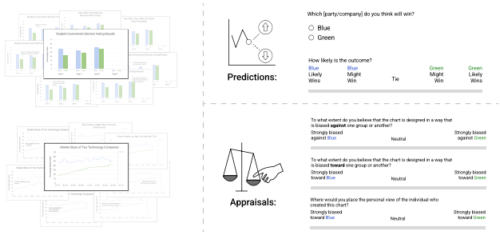2024-10-17 バーミンガム大学
<関連情報>
- https://www.birmingham.ac.uk/news/2024/forever-chemicals-found-in-bottled-and-tap-water-from-around-the-world
- https://pubs.acs.org/doi/10.1021/acsestwater.4c00533
飲料水中のPFAS濃度に影響を与える要因: ヒトへの暴露への影響 Factors Influencing Concentrations of PFAS in Drinking Water: Implications for Human Exposure
Chuanzi Gao,Daniel Simon Drage,Mohamed Abou-Elwafa Abdallah,Feng Quan,Kun Zhang,Shiyao Hu,Xue Zhao,Yi Zheng,Stuart Harrad,Wenhui Qiu
ACS ES&T Water Published:October 17, 2024
DOI:https://doi.org/10.1021/acsestwater.4c00533
Abstract

Per- and polyfluoroalkyl substances (PFAS) are widely used in consumer and industrial products but have subsequently raised concerns about their toxicity. To evaluate factors influencing PFAS concentrations in drinking water and to estimate human exposure, ten PFAS were measured in tap water from the UK and China, also bottled water originating from 15 different countries. In this study, perfluorooctanoic acid and perfluorooctanesulfonate (PFOS) were the most frequently detected (>99%) and dominated in global bottled water, with other PFAS also highly detected (67%–93%). ∑10PFAS concentrations differed significantly in natural mineral vs purified, but not in glass vs plastic and still vs sparkling bottled water. ∑10PFAS concentrations in Chinese tap water (9.2 ng/L) exceeded significantly those in UK tap water (2.7 ng/L). Except for PFOS in Chinese tap water, related target PFAS concentrations in all water samples were well below the reference values. High detection rates of target PFAS in both tap and bottled water highlight necessary for monitoring a wide range of PFAS. Estimated human exposure of target PFAS via drinking water does not appear serious human health risk. Interestingly, boiling and activated carbon filtration can reduce substantially (50%–90%) concentrations of PFAS in water.



